If successful, this technology could become a groundbreaking tool to help humans detect pollution and cancer early, ushering in an era where machines can also "smell" like humans.
In European laboratories, scientists are quietly developing the “nose of the future”—a device capable of detecting molecular mixtures, airborne toxins, and even signs of disease in the human body. Their goal is to provide early warning of potential health risks and enable people to respond promptly.
Contrary to popular belief, the electronic nose doesn't resemble a nose at all. The prototype, introduced by expert Jérôme Schruyers, an industrial engineer at the University of Mons (UMONS, Belgium), is simply a small box filled with components and gas sensors. He said: “These sensors need to be trained. They need to learn to recognize smells like a child learning to distinguish tastes.”
In the lab, Schruyers had the device "taste" various smells: freshly roasted coffee, strong-smelling cheese, and salmon. On the screen, curves appeared, representing the sensor's precise response. The results opened up prospects for application in the food industry, but what interested him more was the ability to detect air pollutants, the silent threats to human health.
Some time later, in a hotel near the train station, Schruyers and his colleagues conducted a real-world experiment. They sprayed perfume, nail polish, and deodorant in the bathroom and observed the sensor's reaction. Just a few seconds later, a red signal flashed on the screen, indicating that the deodorant had detected the gas.
Jérôme's goal is to create a nose sensitive enough to detect not only odors and gases, but also allergens and mold. "This technology could be applied anywhere—hotels, offices, hospitals, schools, homes—where pollution exists," he says. The ambition extends beyond detection to remediation, such as automatically adjusting building ventilation based on precise sensor data.
However, scientists want to go further so that electronic noses can detect signs of cancer. This is the goal of the international Alcove project, funded by the European Interreg Foundation, bringing together scientists and doctors from Belgium and France. They expect to develop a groundbreaking device capable of disease screening in the next few years, based on electronic nose technology with ultra-sensitive sensors.
The device is still in the patent application phase, so the research team has only revealed a few details: a breathing mask, a breathing tube, an electronic box connected to a computer, and highly sensitive sensors—an area in which the scientists at Mons University are already very knowledgeable.
At the University of Mons and the Materia Nova innovation center, Dr. Driss Lahem said they have been researching sensors for 20 years. “UMONS manufactures the active materials, and Materia Nova coats them in thin layers to create microsensors. We experiment by reacting them with gases and volatile organic compounds,” he said.
According to Anne-Claude Romain of the University of Liège (Belgium), the device's mechanism is quite simple: the patient breathes into a mask, the breath is collected, passed through a system, and analyzed. She stated: "Human breath contains about 200 different compounds. Based on their proportions and concentrations, it is possible to detect signs of disease, including lung cancer."
Although still in its early stages, the Alcove project offers much hope. In fact, only 18% of lung cancer patients survive five years after diagnosis, while this rate can reach 90% if the disease is detected early, at a stage where surgery is still possible. The research team hopes to create a compact, precise electronic nose that can be deployed in clinics for early cancer screening.
This idea has been highly praised by the medical community. Dr. Stéphane Holbrechts, Head of Oncology at CHU Helora Hospital, said that currently, lung cancer screening can only be done using chest CT scans, an effective but invasive and expensive method. The electronic nose will make screening more accessible, faster, less expensive, and more acceptable to the public. Doctors want to detect the disease when patients still have a chance of cure.
Not only is the medical field placing high hopes on electronic nose technology, but it also opens up vast applications. According to Professor Marc Deblicquy (UMONS), these "nose-like devices" have already been used in the food industry to differentiate coffee varieties, check roasting quality, detect fraud in olive oil, and identify spoiled food. At UMONS, the research team is testing the ability to detect harmful mold on rice, a factor that could help protect crops in Asia.
The Belgian customs service is also joining the race. A project is underway to create an electronic nose that can detect drugs in containers at the port of Antwerp. Although the device is not yet operational, the project has already won the 2023 Federal Innovation Award.
From detecting indoor pollution and ensuring food safety to cancer screening and combating smuggling, electronic noses are opening new avenues for science and medicine. One day, humans may live in a world where technology not only sees and hears, but also "smells," detecting hazards and protecting health and the environment with every breath.
Source: https://huengaynay.vn/kinh-te/khoa-hoc-cong-nghe/mui-dien-tu-cong-nghe-hua-hen-phat-hien-o-nhiem-va-benh-tat-159267.html







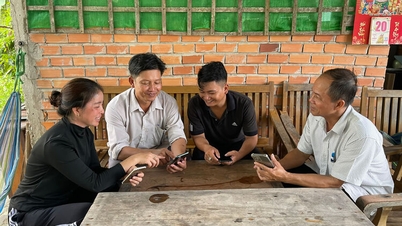

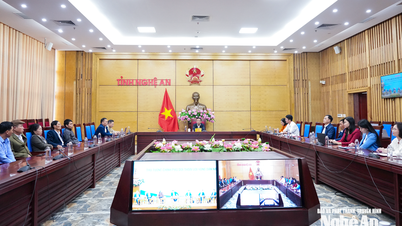



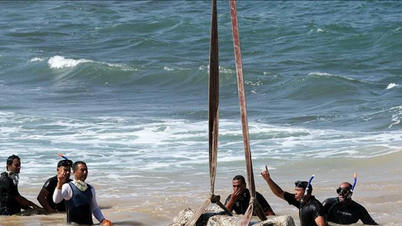

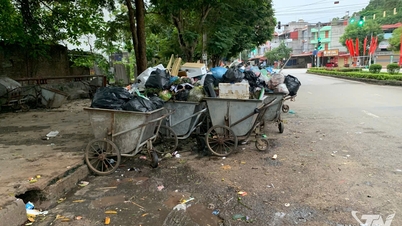























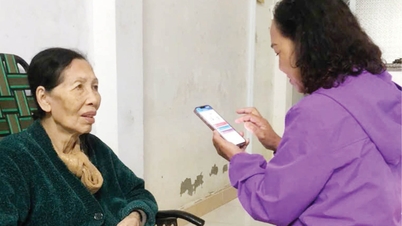
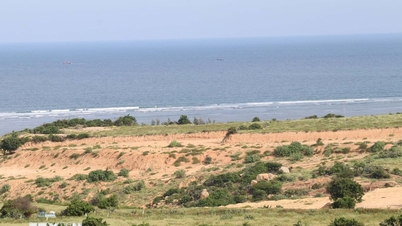
![[Photo] Prime Minister Pham Minh Chinh holds a phone call with the CEO of Russia's Rosatom Corporation.](/_next/image?url=https%3A%2F%2Fvphoto.vietnam.vn%2Fthumb%2F1200x675%2Fvietnam%2Fresource%2FIMAGE%2F2025%2F12%2F11%2F1765464552365_dsc-5295-jpg.webp&w=3840&q=75)
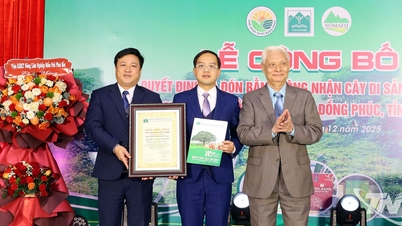













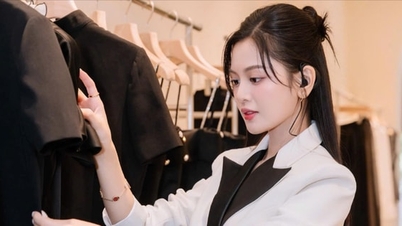
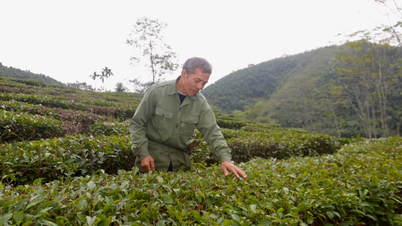




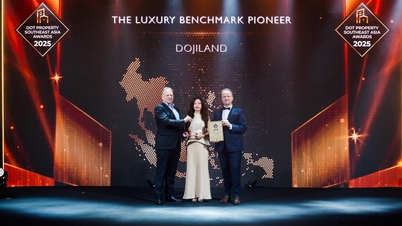


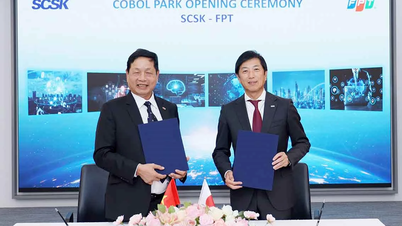




















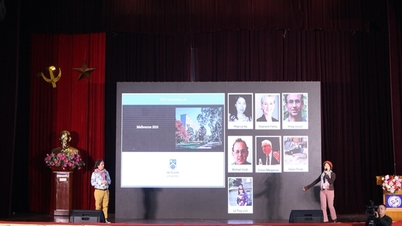

























Comment (0)